Sample Result
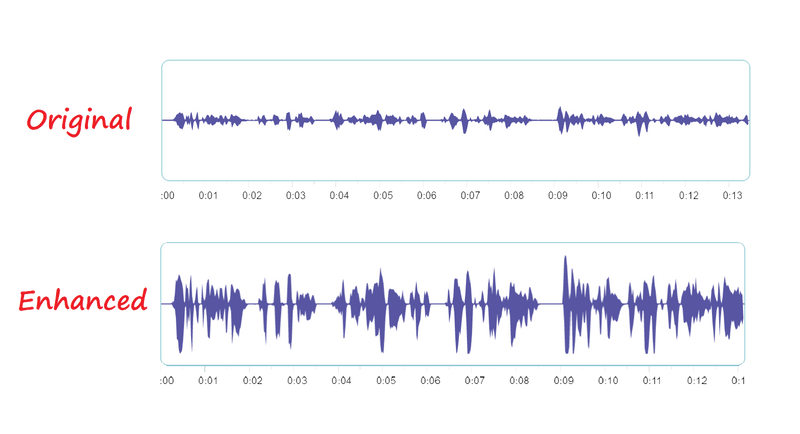
What is audio enhancement?
Audio enhancement in audio engineering refers to the process of improving the quality of a recording, often to make it sound clearer, fuller, or more balanced. This process can involve a range of techniques and tools, depending on the specific goals of the engineer. Some common techniques used in audio enhancement include:
- Equalization(EQ): Adjusting the levels of different frequencies in a recording to make it sound more balanced.
- Compression: Reducing the dynamic range of a recording to make it sound more consistent and polished.
- Noise reduction: Removing unwanted background noise from a recording- these unwanted sounds can include hums, hisses, clicks, pops, and other ambient noises that are often captured during the recording process.
- Reverb and spatial effects: Adding a sense of depth and space to a recording.
- Volume leveling: Adjusting the overall volume of a recording to make it sound consistent and professional.
- Pitch correction: Adjusting the pitch of vocals or other instruments to correct mistakes or improve their overall sound.
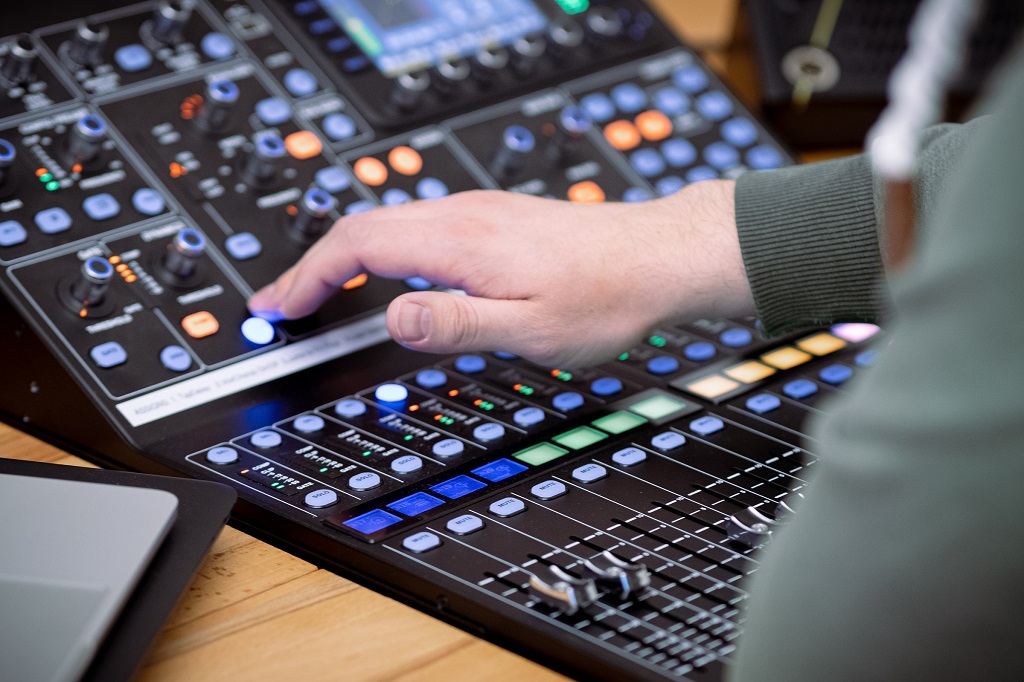
Audio enhancement can be applied to a wide range of audio recordings, from music production to podcasting to film and video sound tracks. The goal of audio enhancement is to make the final product sound as good as possible, while staying true to the original recording and the artistic vision of the creators.
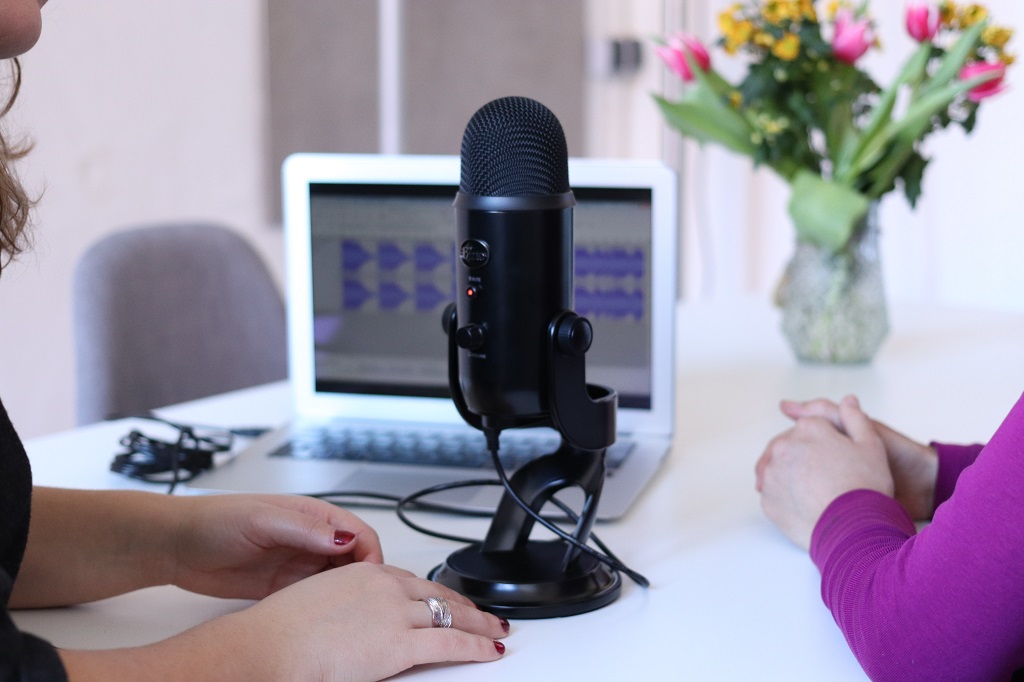
But this is time consuming!
The time required for audio enhancement can vary depending on the complexity of the project and the level of detail required to achieve the desired results. In general, audio enhancement can be a time-consuming process, especially if it involves manual adjustments by an audio engineer. Manual audio enhancement often requires careful listening to the recording, identifying specific areas that need improvement, and applying a range of techniques and tools to achieve the desired results. This can be a time-intensive process, especially for recordings with a lot of background noise, inconsistencies in volume or frequency content, or other quality issues that need to be addressed.
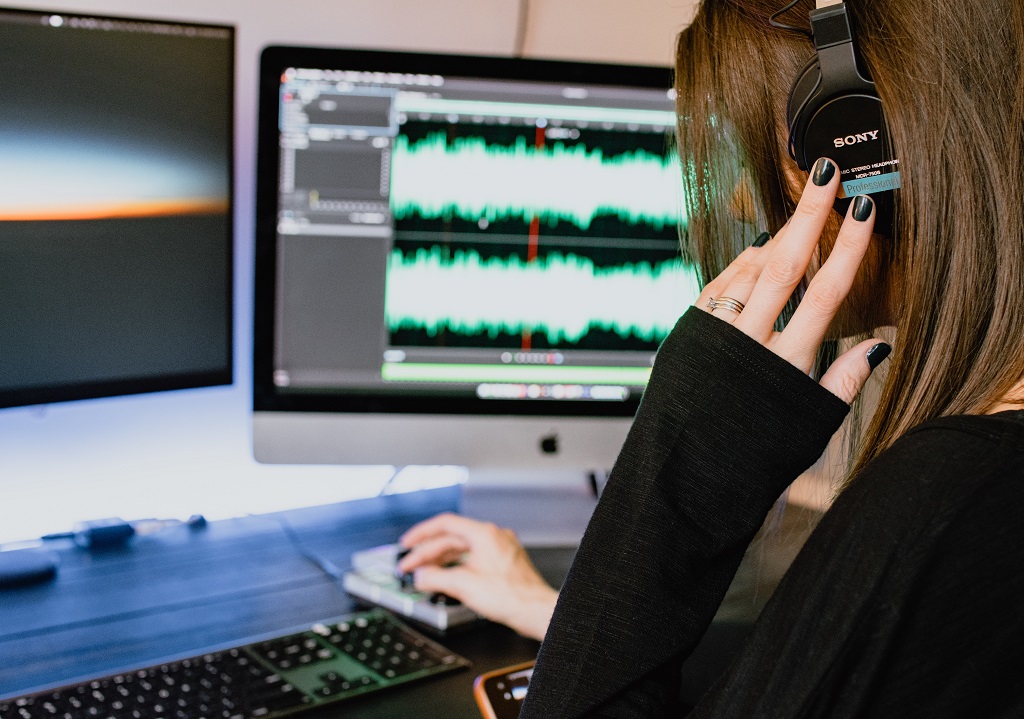
Revolutionary AI-based technologies for Audio Enhancement
The process of automatic audio enhancement typically involves using machine learning and artificial intelligence algorithms to analyze the characteristics of a recording, such as its frequency content, dynamic range, and overall balance. Based on this analysis, the software can then make adjustments to the recording, such as applying EQ or compression, reducing background noise, and adjusting volume levels. However, it's important to note that automatic audio enhancement tools have limitations and may not always produce the desired results, especially in cases where the recording quality is poor or the desired changes are more complex.
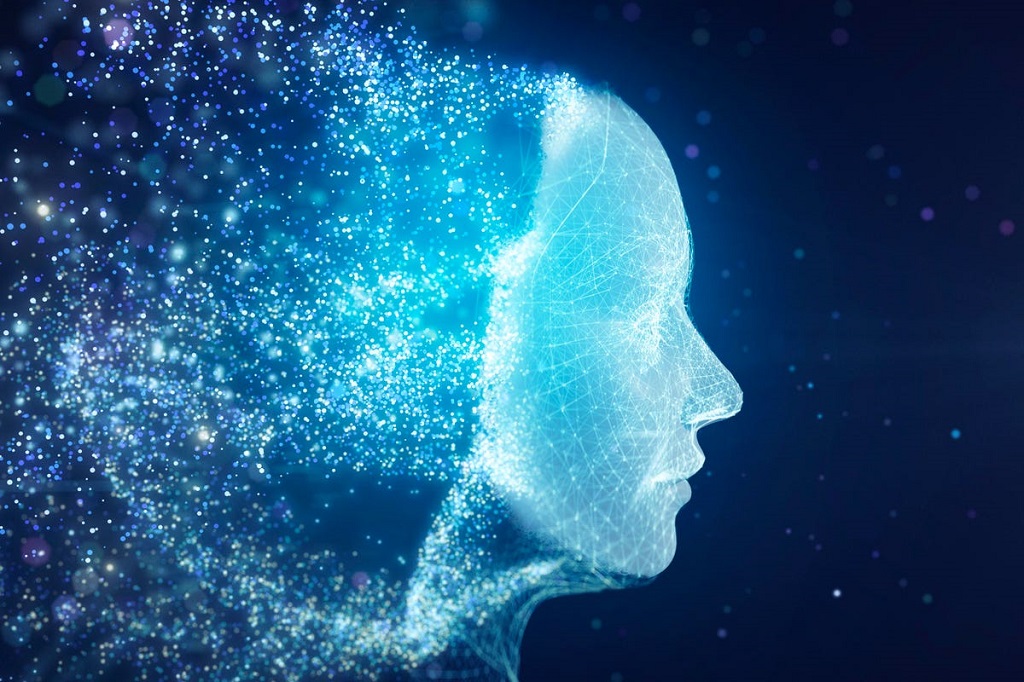
We at Castofly built the most advanced audio processing algorithms to automatically reduce background noise and hum, correct loudness, and balance dynamic talker all with just one click! Feel free to give it a try!

